Postcards, Weaponized Cancer Viruses, and a Very Bizarre "Unsolved" Murder
How Dr. Mary’s Monkey Keeps Us Chasing Ghosts
Edward T. Haslam’s Dr. Mary’s Monkey has captivated conspiracy theorists and curious minds for years with its sensational tale of secret government projects, a gruesome murder, and “cancer-causing monkey viruses”. According to the book, Dr. Mary Sherman’s mysterious death in 1964 was linked to a covert CIA project in New Orleans that was experimenting with viruses to weaponize cancer.
The narrative pulls in Cold War paranoia, Lee Harvey Oswald, and tainted polio vaccines, spinning a web of intrigue that’s perfect for a thriller. But what if the whole story is just another elaborate psy-op? I am sure the vaccines being irradiated could have NOTHING to do with people getting cancers after taking the vaccines. Pffft.
Here’s the twist: Dr. Mary’s Monkey might be designed to keep us chasing shadows while missing the bigger picture. The book not only reinforces the outdated germ theory of disease but also distracts us from more plausible explanations for illness, like environmental toxins, radiation, and pharmaceutical malpractices. And, hilariously, it all ties back to something as ridiculous as old postcards from the early 1900s.
Toxic Exposures and Polio-like Symptoms
The Latin and Greek terms combined to make the word "poliomyelitis" refers to the inflammation of the gray matter in the brain and spinal cord, which is often linked to what we call polio. Radiation and toxic chemicals like DDT don’t only affect the gray matter of the brain and spinal cord; they also damage the white matter, which is responsible for transmitting signals throughout the nervous system.
While the gray matter plays a key role in motor control and sensory processing, these toxic agents can cause widespread neurological damage across both the gray and white matter. Radiation, in particular, can lead to inflammation, neuron death, and disruption in these areas, resulting in symptoms similar to those attributed to polio. Additionally, chemicals like DDT can affect peripheral nerves, complicating the neurological effects. Instead of a virus, it’s increasingly plausible that these toxic exposures were the true cause of the symptoms historically misattributed to polio, explaining the motor and sensory dysfunctions associated with the disease.
A Strange Blast from the Past: Mary’s Monkey Postcards
Long before Edward Haslam’s book was published, the phrase “Mary’s Monkey” was already floating around—but in a very different context. Between 1908 and the 1920s, there was a popular postcard craze featuring the phrase "Mary’s Monkey." These whimsical postcards depicted monkeys in silly, nonsensical scenarios, often paired with absurd captions. They were meant as lighthearted humor, something to amuse and entertain.
Mary has a little Monkey
Just as cute as it can be,
It was covered with the softest hair
That ever did you see.To keep it nice and clean
Was Mary’s greatest hope,
She washed her little monkey
With the best kind of soapThe boys all like Mary
And like her monkey, too.
And when they play so nice with it,
What can Mary do?Once Mary’s monkey got real cold
That filled her with alarm,
So she bought some woolen pants
For to keep her monkey warm.Mary went in swimming
And she took her little pet,
A wave hit in the … “good old summer time,”1
And she got her monkey wet.Mary now is married,
And it keeps her on the jump.
And between the man and Mary,
Her monkey has to hump2.
Now, fast forward a century, and we’re being asked to believe that "Mary’s Monkey" has a dark, sinister meaning tied to government plots, weaponized viruses, and secret assassinations. How did we go from goofy postcards to conspiracy theories about monkey viruses being used to infect people with cancer?
How the Book Reinforces the Virus Myth
The central premise of Dr. Mary’s Monkey hinges on the idea that cancer-causing monkey viruses contaminated polio vaccines in the 1960s, supposedly causing a surge in cancer rates decades later. The book spins a story of secret labs working to develop biological weapons to kill political enemies like Fidel Castro. But let’s pause for a second—does any of this actually make sense? Or is it just another ploy to keep us terrified of invisible enemies?

The whole narrative rests on keeping alive the idea that viruses are deadly, contagious entities that can be controlled and weaponized. This conveniently props up the germ theory of disease, which has been the bedrock of modern medicine for over a century.
But what if the real story is that viruses, as we’ve been taught to fear them, don’t even exist? By sensationalizing the idea of weaponized viruses, the book distracts us from asking the deeper questions about what truly causes disease—like toxic chemicals, radiation exposure, and pharmaceutical side effects. And this narrative is still alive and well today.
A Convenient Distraction: Chasing Phantoms
Think about it: if there really was a secret government project to weaponize cancer-causing viruses, would we know about it? The fact that this story is so widely circulated, complete with books, documentaries, and endless podcasts, suggests it might be more of a controlled leak than an accidental discovery. It keeps conspiracy theorists busy chasing their tails, convinced they’re uncovering hidden truths, while the real sources of harm remains ignored.

The real genius of a psy-op like Dr. Mary’s Monkey is that it steers people’s attention away from questioning the very foundation of disease theory. By keeping us focused on imaginary threats like weaponized viruses, we’re distracted from investigating more tangible threats like industrial pollution, electromagnetic radiation, and toxic pharmaceuticals.


The Irony of History Repeating Itself
Here’s where it gets even more absurd: the early 20th-century Mary’s Monkey postcards were playful and nonsensical, designed to get a laugh. Now, a century later, we’re being fed a story that takes itself way too seriously—tying the same phrase to covert government experiments and cancer epidemics. The juxtaposition is almost laughable. The modern conspiracy theory may be just as silly as those old postcards, but it serves a far more nefarious purpose: keeping us afraid, distracted, and chasing ghosts.
It’s almost like we’ve been handed the same joke twice, but now it’s wrapped in a cloak of seriousness to keep us from seeing it for what it is. By buying into the narrative of monkey viruses, we’re reinforcing the very myths that keep us locked into a system of control—one where Big Pharma, government agencies, and media conglomerates profit from our fear of invisible pathogen terrorists.

The Real Joke: Fear as the Ultimate Control Mechanism
The sad irony is that while we’re busy chasing after ghost stories about monkey viruses and mysterious murders, the real weapons of control are far less sensational but infinitely more effective. By keeping people fearful of viruses, the system justifies endless vaccines, medical surveillance, and biosecurity measures—all while the real causes of disease remain unaddressed.
The Green Run, Radiation Experiments, DuPont, and the Pharmaceutical Industry
In December 1949, the U.S. government conducted the Green Run experiment at the Hanford Site in Washington State.
What if the real story is much simpler—and more terrifying—than the one we’re being sold? The architects of this narrative are likely laughing all the way to the bank as we scramble to uncover a mystery that may be nothing more than a distraction.

Could Dr. Mary Sherman Have Been Killed to Expose Radiation in Vaccines?
Could Dr. Mary Sherman’s research have focused on the dangers of radiation in vaccines, rather than the widely debunked story of cancer-causing viruses like SV40? Given the prevalence of government radiation experiments during the time, it’s entirely plausible that Dr. Sherman was investigating the use of radiation in vaccines—specifically the polio vaccine—and the potential health risks it posed. In the 1950s and 1960s, radiation experiments were widespread, often conducted without the public’s knowledge or consent. Dr. Sherman, allegedly involved in these covert government projects, may have been on the brink of exposing the connection between irradiated vaccines and the cancers that followed.
If Dr. Sherman’s work was truly focused on the risks of radiation in vaccines, could this have been the real reason behind her gruesome death in 1964? Was she killed—or silenced in some way—because she was getting too close to revealing the truth about these unethical experiments?
The possibility that her death was tied to a broader government cover-up surrounding radiation research is much more plausible than the story of a cancer-causing monkey virus. While evidence directly linking her death to this conspiracy remains speculative, it’s clear that the focus on SV40 might be a distraction from the more dangerous and likely explanation: radiation.
On July 21, 1964, Dr. Mary Sherman was found dead in her apartment on St. Charles Avenue in New Orleans. The body had stab wounds and burns from a fire. The police report classified the death as a murder. An autopsy was performed by Monroe S. Samuels, M.D., on July 21, 1964. The autopsy report classified Sherman's death as a homicide. Dr. Samuels determined that Sherman died of a stab wound in her heart. Most of the right side of her upper torso, including her right arm had been incinerated. Sherman's murder remains unsolved. - wikipedia
The idea that Dr. Sherman’s death was part of a larger attempt to suppress the truth about these experiments only becomes more convincing when we consider the historical context of the time. The U.S. government had a history of conducting secret radiation experiments on unsuspecting populations, and if Dr. Sherman was indeed getting too close to uncovering these dark secrets, it’s entirely possible that her death was orchestrated to protect the status quo. Rather than being the victim of a viral conspiracy, Dr. Sherman may have been killed—or silenced—because of what she was about to reveal about radiation in vaccines, the secret research surrounding it, and the long-term health consequences that followed.
In the end, the SV40 virus narrative feels like a red herring, keeping people distracted from the more plausible and frightening reality: the use of radiation in vaccines and its deadly consequences. Could Dr. Sherman have been about to expose this, and was her death part of a cover-up to prevent the public from learning the truth? The questions remain, but they offer a far more plausible explanation for her work—and her untimely demise—than the elaborate virus-based conspiracy theory that has taken root.
Lab Monkeys and Fear-Mongering
In recent years, news stories and movies about lab monkeys escaping and spreading dangerous viruses have become almost a genre of their own, continuing to stoke public fear and perpetuate the viral boogeyman narrative.

These sensationalized reports often depict escaped lab monkeys as carriers of supposedly deadly diseases, with the media and filmmakers amplifying the panic surrounding them.

While these stories all seem to be very fictional or very exaggerated, they serve a clear purpose: to reinforce the idea that viruses are invisible, unstoppable threats that can wreak havoc at any moment. By keeping the fear of lab monkeys and viruses alive, these narratives distract from more pressing issues like the harmful effects of radiation, chemicals, and other environmental toxins, keeping the public focused on the wrong causes of illness and disease.

The Psy-Op in Action
What if Dr. Mary’s Monkey is a textbook case of “disinformation”? By giving conspiracy theorists a bone to chew on (covert virus projects, mysterious murders, and CIA connections), it keeps everyone busy chasing shadows instead of questioning the very foundation of what we believe about health and disease. It’s a brilliant tactic: get people to focus on the idea of weaponized viruses, and they’ll never stop to ask if viruses are real to begin with.

In the end, the story is just another tool in the arsenal of control, designed to keep people in a state of fear, endlessly searching for invisible enemies. The truth may be simpler—and scarier—than any conspiracy theory: the real weapon isn’t a monkey virus, but the beliefs we’re fed to keep us docile and obedient.








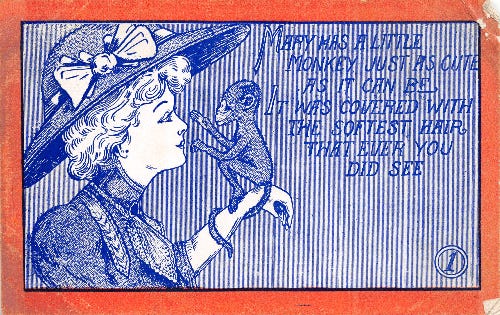
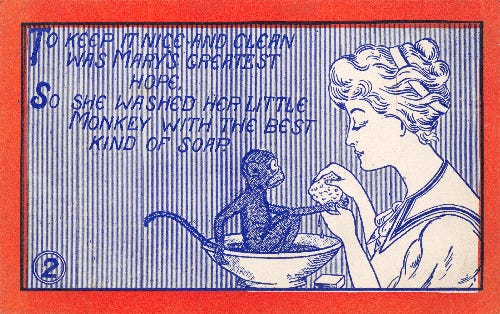


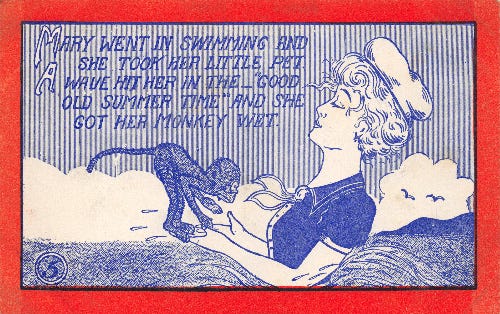
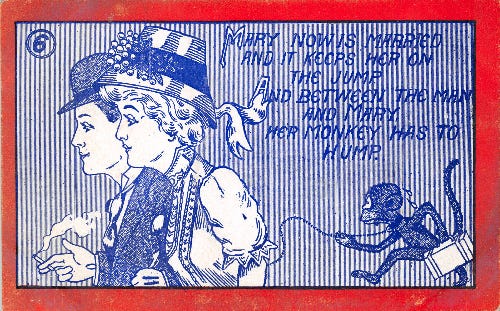

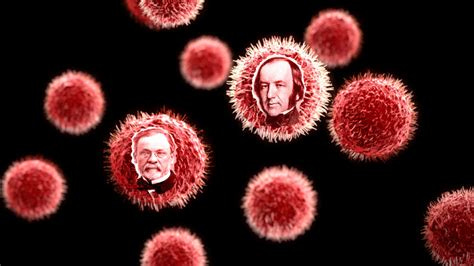




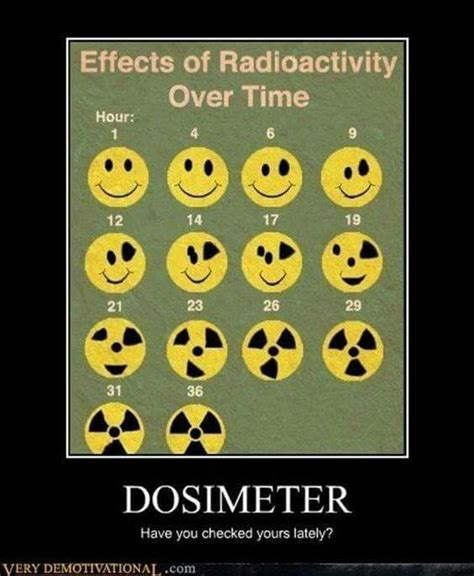

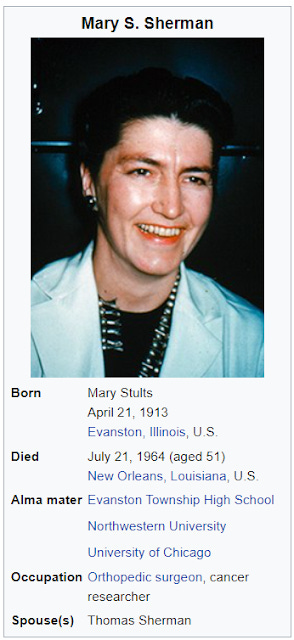


The fact that the 5G rollout mostly occurred at the same time as covid-19 is certainly synchronistic.
Also, I am told that in the 50 and perhaps 60s stores that sold shoes used to have x-ray machines in them with which customers (children and I suppose adults) would climb onto them and have their feet x-rayed to determine the size or type of shoe they should be fitted with. I'm sure it was a gimmick but why were people being radiated at a shoe store?